District 204 clashes with the City of Aurora over Route 59
The Fox Valley Mall is the primary target of the Route 59 corridor redevelopment.
The City of Aurora and the Indian Prairie School District have clashed over the proposed plan to revitalize the Route 59 corridor. While the city of Aurora has moved ahead with sections of this plan, the school board continues to oppose certain parts of it citing the economic troubles it could bring to the district.
“We’re not against economic development,” Indian Prairie School Board President Michael Raczak said. “We have two concerns, in the plan, there’s a call for high-density housing. Our district is very unique in that the north end is overcrowded but the south isn’t. Most of the high-density housing called for in the Aurora plan is in the north.”
Aurora’s current draft for the Route 59 corridor states that 525 housing units are already approved or under construction. Most of these are part of a senior citizen residential area, which won’t bring that many students. The map for the plan shows that, save for a few commercial only zones along Route 59, everything below 75th street to Montgomery Road will be either public, residential, or quasi-residential developments.
Spokespeople from the City of Aurora did not respond to multiple requests for comment.
For Raczak, these developments will pose problems for the district’s boundaries. “We want to work more cooperatively with the city of Aurora in order to make sure that we’re able to serve our students. Whether this means a potential boundary change or not is down the line, but we want to work as cooperatively as possible even if, as crazy as it sounds, we have to do boundary changes or maybe build a new school here. We have to work with them to make sure that this makes sense” Mr. Raczak said.
The City of Aurora hopes to incentivize both people and business to Route 59, the second largest financial corridor behind Chicago’s magnificent mile. One of the main focuses of the plan is to revitalize Fox Valley Mall, and, according to the plan, “Create an experiential entertainment destination that will complement downtown Aurora, and successfully compete with downtown Naperville and the Route 59 tollway corridor.” The plan will utilize many of the empty parking lots surrounding Fox Valley Mall and turn them into “villages” surrounding the mall and interconnected by walkways and roads similar to a more traditional outlet mall. “A well-designed public realm attracts people and makes them want to stay and linger. Great sidewalks don’t just move pedestrians; they promote strolling, dining, people-watching, and bumping into friends and colleagues,” the draft plan says on the future potential design of the aging mall.
A survey cited in the draft states that 59% of consumers are still traditionalists, meaning that they shop offline mostly due to either not understanding or not liking online shopping. The city hopes to capitalize on these people by both creating a hub for people to hang out and eat but also create viable and safe communities around the mall to facilitate further growth.
A previous version of the city’s plan distributed at a Dec. 6 public open house explains why building new housing is necessary. “In addition to the existing surplus of vacant commercial space in the mall’s vicinity, the mall recently lost two department store anchors. Put simply, there is not enough demand to support additional construction of commercial retail space at this time after considering the existing vacancy in the market,” the plan says. The plan states that the City of Aurora estimates that the new developments will only generate 64 students spread across all of District 204’s schools.
It’s worth noting however that this number only looks at the developments that were approved on Dec. 6, most of which were senior homes and commercial venues. The City of Aurora in the much newer draft plan recommended 960 housing units within the next 5 years in the Route 59 corridor and claimed it had already approved 525 units as said above.
“[We] think they’re underestimating the number of students that would come to the residences,” Raczak added. “The main thing that really has us concerned is what’s called tax increment funding.”
A TIF is an economic model that subsidizes entire districts in order to promote the redevelopment it desires. In a standard TIF, the TIF district would pay taxes that would only go to that particular area and not the overall district. This would go on for a 23 year period with a potential 10-year extension to that period. This is primarily done to provide incentives for projects done within that district and will create a self-sufficient redeveloped district within those 23 years.
“[The problem is] that it takes away money from the school district, the park district, the police, fire, and since most of that property tax goes to the schools, we’re concerned about that,” Raczak said. “We’re most concerned that the city might be considering TIFs for residences because that means they’re sending their kids to school for basically free.”
The City of Aurora most recently voted to establish senior homes in a 30-acre area. The vote also contained a motion to consider funding this development through a TIF district.
“Part of the problem is that we built a lot of schools, and we’re still paying for those schools. So we have two issues, all our schools will be paid for by 2028, so for the next seven to eight years, we have to be really fiscally prudent. We want to be good stewards of taxpayer money, had the plan come at a different time, things might’ve been a bit different,” Raczak noted, implying that the main issue with this plan is the TIF districting.
Many in favor of the proposed plan argue that because the district isn’t making any revenue right now from that land, they won’t be losing any revenue to the TIF districts. This would mean that essentially the district would be making the same continuous revenue until they get a whole new line of revenue from the now ending TIF districts.
Mark Rising, who won his bid for re-election April 2, commented on this saying that, “People may claim that the school district isn’t losing any money with TIF districts because it never had that money in the first place, however, the school will still see the incoming flood of students which will be a bigger financial burden on the district.” Rising also notes, “Keeping our students happy and well educated is what’s led to us to have a successful district, while we’re all in favor of economic development we hope the City of Aurora keeps in mind of the potential harm it could do to our district.”
The City of Aurora has acknowledged the school district’s concerns but has made no indication of halting plans for residential growth or TIF district. The city does cite residential properties as vital to the plan in order to facilitate proper growth. On it’s most recent draft it claims that the City will work closely in the future with District 204 when discussing redevelopment. When asked about what the school board’s plans were if the TIF districts did go through, Mr. Raczak said, “We have to look, we have to investigate. We’ll have to be careful and work with our community to make this work the best it can. You know one of my fellow school board members, Justin Karubas says the two worst things are asking a community for a referendum and for boundary changes. People don’t want to change their schools they love their schools.”
If you’d like to get involved in this issue, whether in support of the plan or against, please attend Aurora City Council meetings and make your voice heard.

Marco Rivero is a senior at Metea Valley and is spotlight Editor for the Stampede. When he's not listening to music, Marco enjoys keeping up with politics...
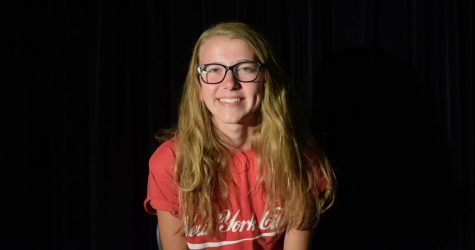
Riley Burgoon is a senior entering her first year on staff as a photographer. Outside newspaper, she is also a part of Marching Band, Wind Ensemble, and...


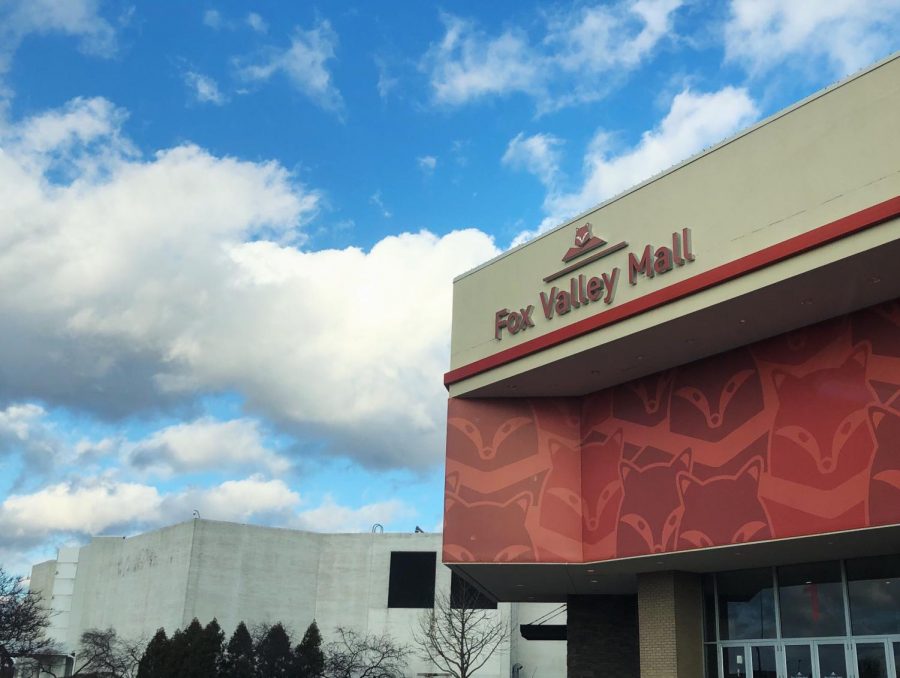
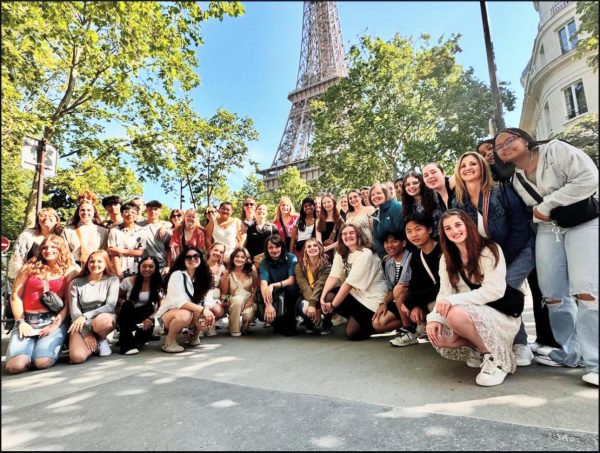

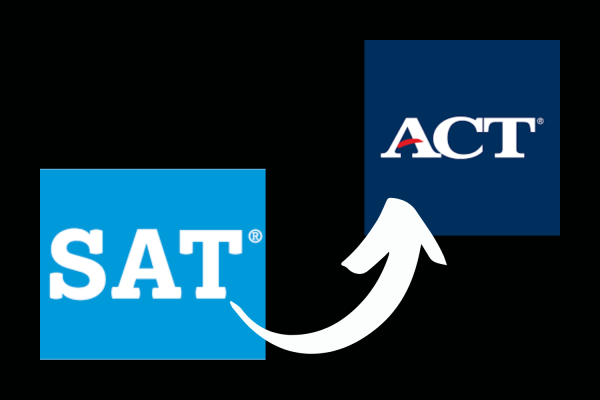

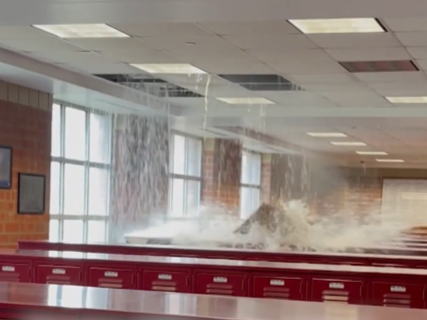
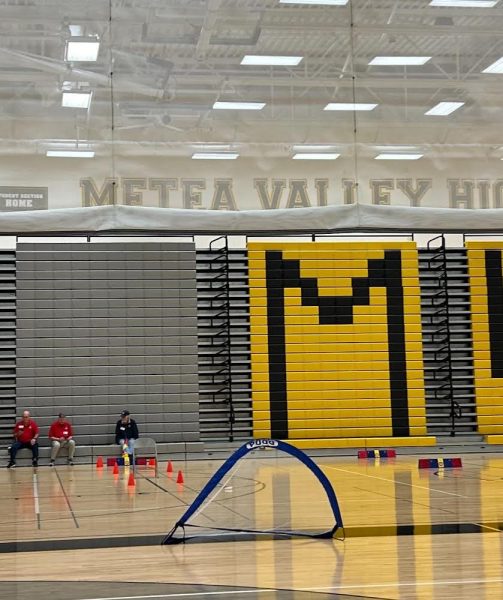
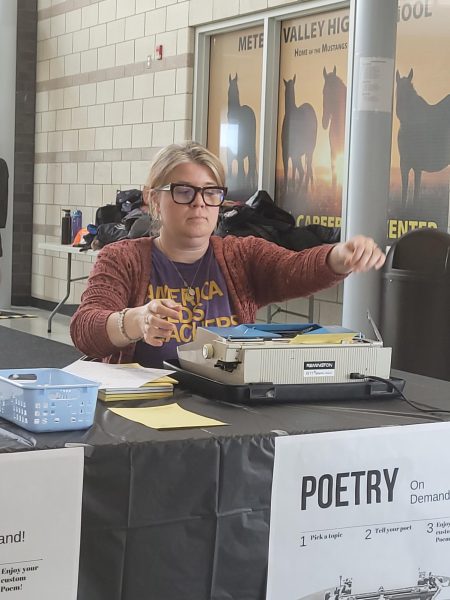
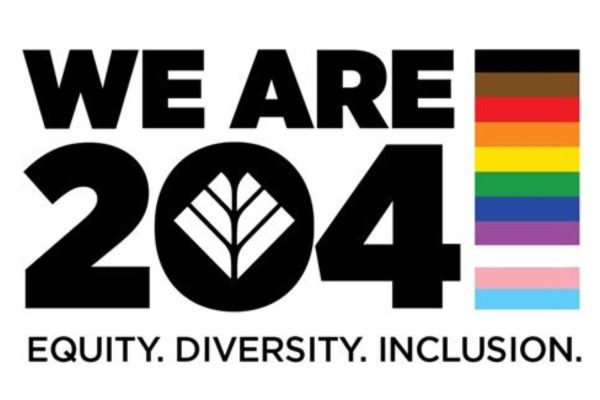

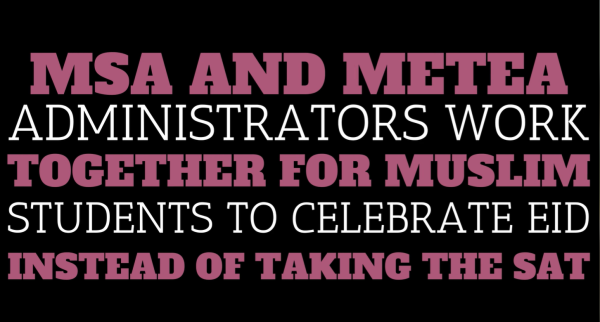
Clarification • Apr 4, 2019 at 10:07 pm
To Dylan,
I feel as if a large number of students, parents, and members of the community over estimate how much money the district has. While the district is located in a more privileged area with high property taxes that lead primarily to the school the district is not rolling in dough. Boundaries are also extremely important to the district. Parents got very angry when Metea took their kids from Waubonsie and are never happy when there are changes .
The recent development of Atwater in the Longwood Subdivision and the apartments built just south of the Rt59 train station are going to be increased stress on the currently packed northern schools. 6 of the 21 IPSD elementries were opened during or after 1999 and with exception of Nancy Young they are concentrated in the southern part of the district and Naperville. The district is currently built to handle more students in the south where new students are now less common.
Metea has a capacity of 3000 students and as of the 17-18 school year the enrollment was 2,887. Meaning there isn’t tons of space for new students. You also mentioned plenty of land for more high schools. These developments do not warrant a new high school but do add strain on the district. Friendly reminder Metea cost $124.7 million to build we can’t pull that out of our bums.
Dylan McGovern • Apr 3, 2019 at 11:12 am
I feel as if this situation might be going to far, as there is still money that 204 has. Also, with registration each year, money really should not be an issue, unless i’m mistaken. Boundries, were mentioned. i feel like it is too stressed, there are enough 204 high schools to fill all students and if not, there are some good enough land for more.